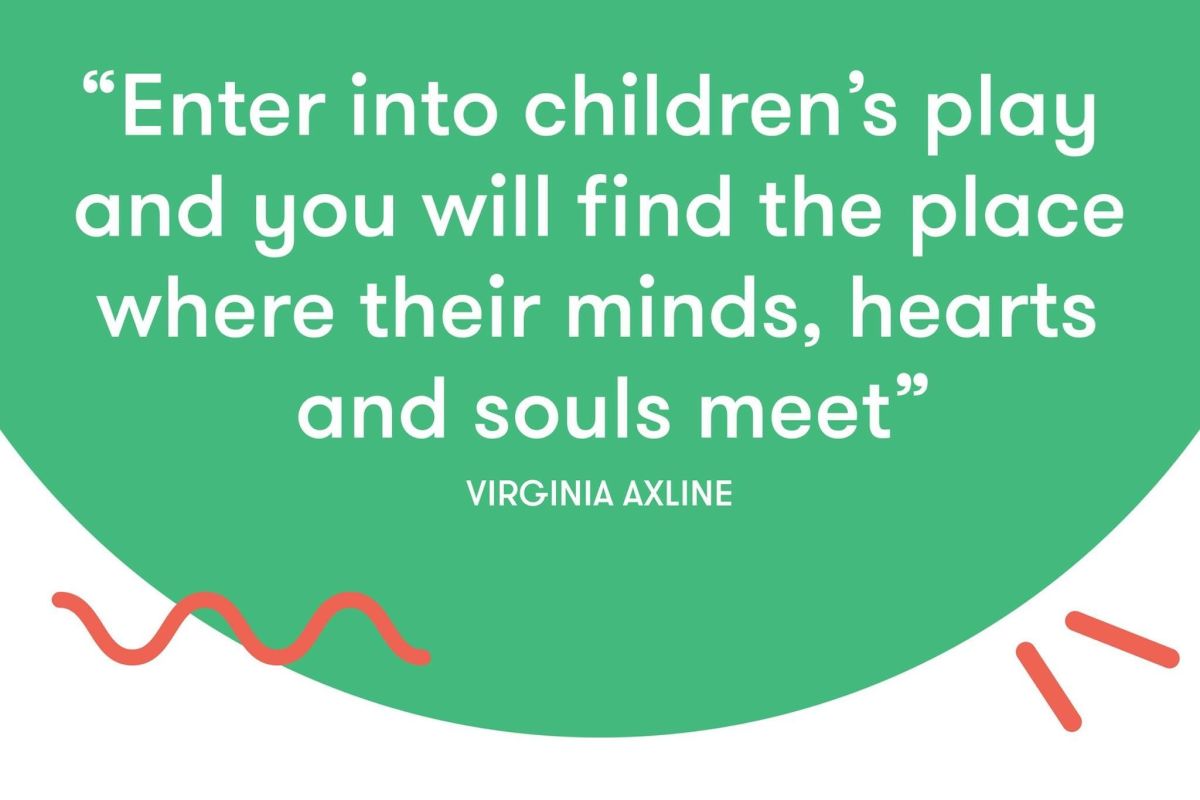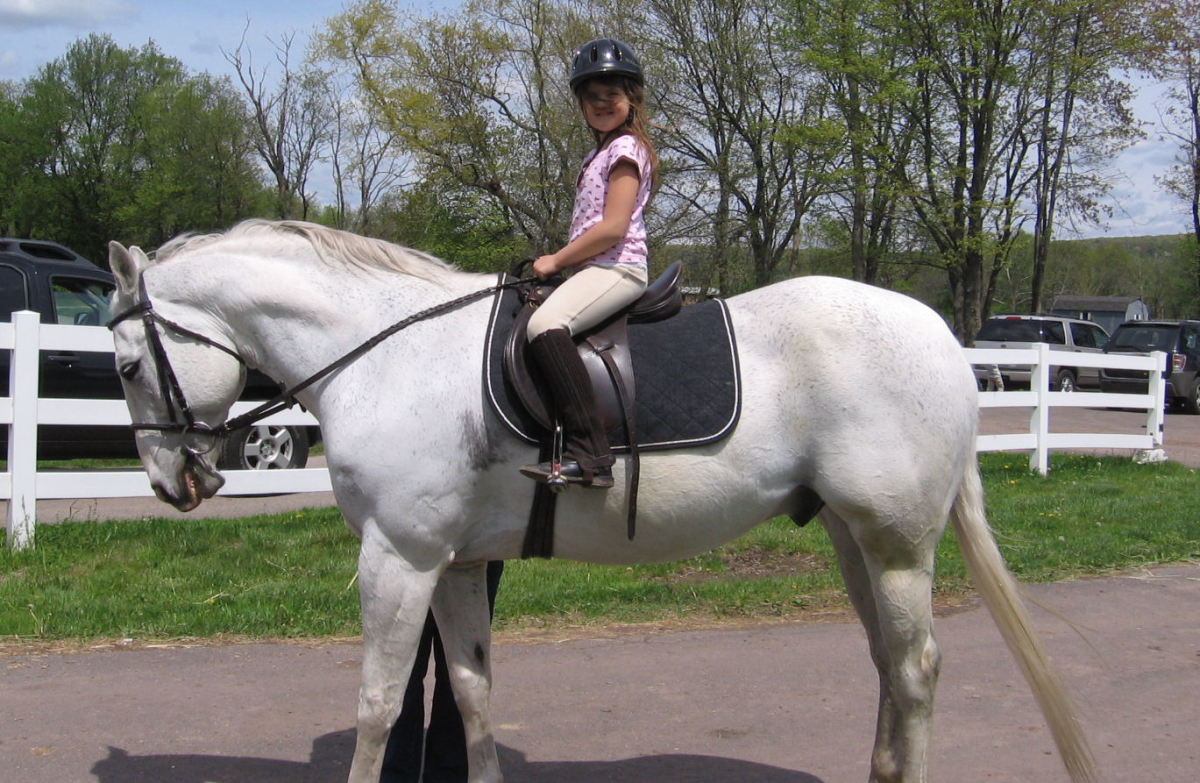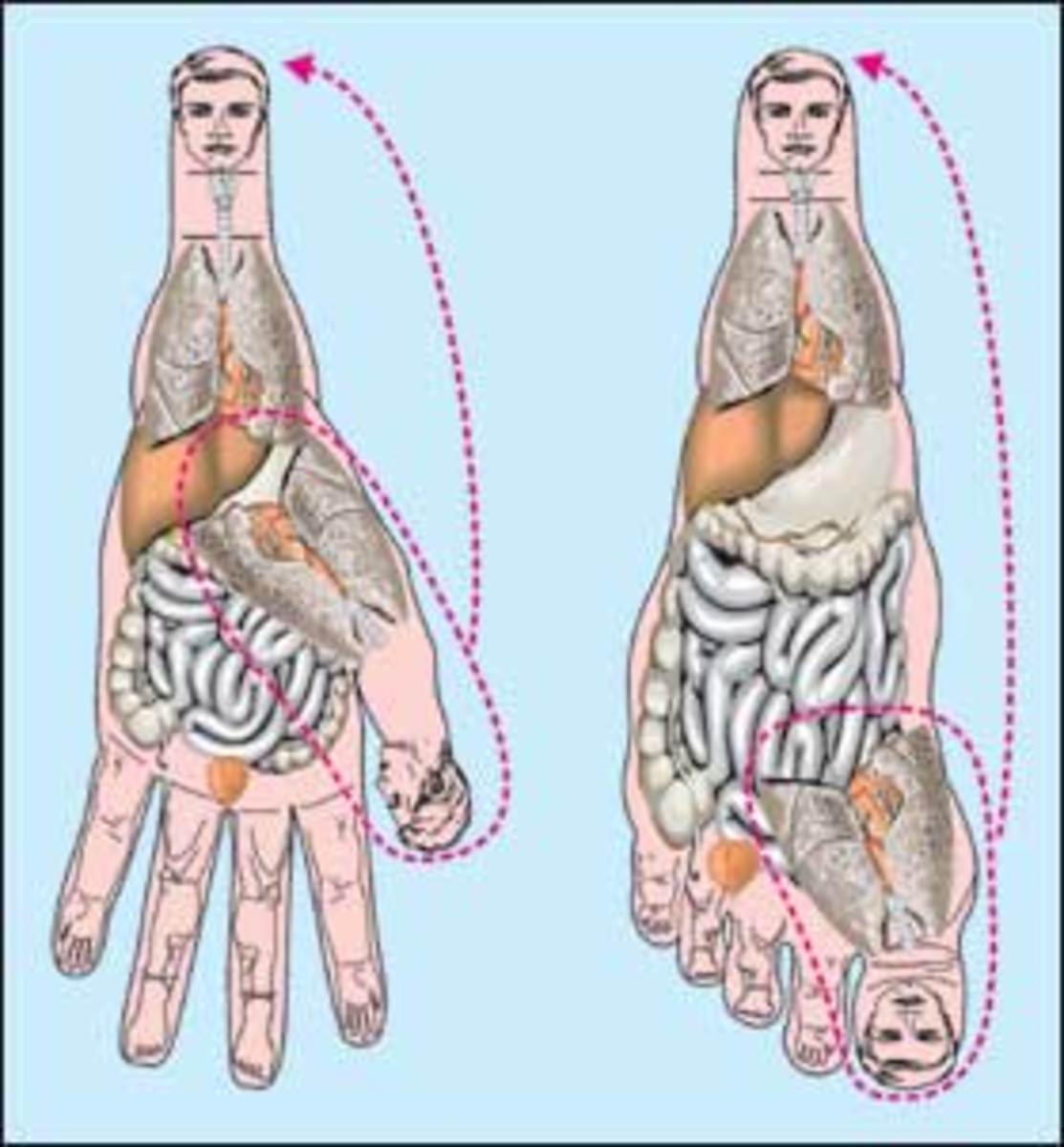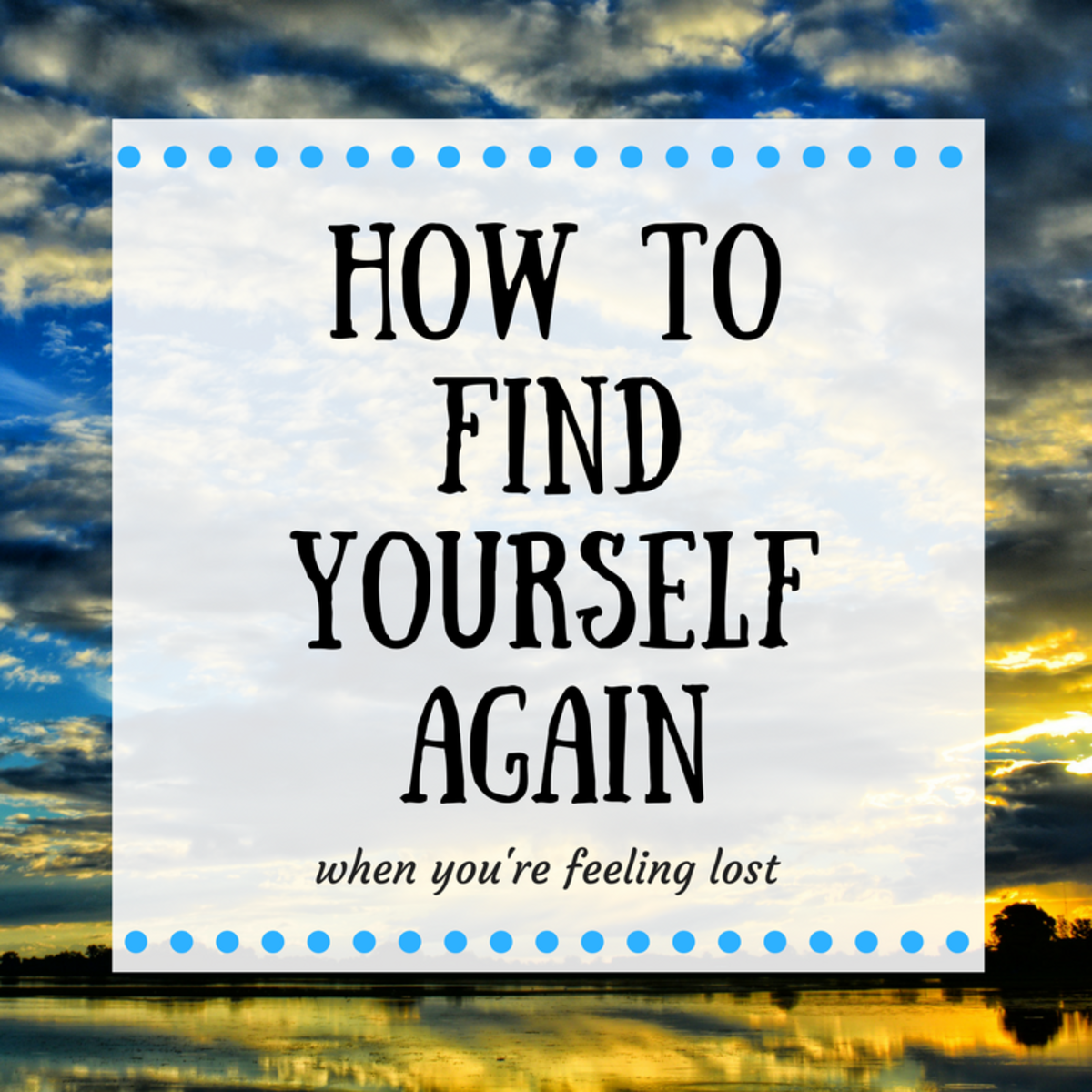An Ancient “Mystery King” at Abydos: What Therapists and Social Workers Can Learn

About The Discovery
What was actually found
A joint Egyptian–American team led by Penn Museum archaeologist Josef Wegner uncovered a royal tomb about 7 meters underground in the Anubis Mountain necropolis at Abydos. The limestone burial chamber opens to multiple rooms with towering mudbrick vaults. The tomb dates to the Second Intermediate Period, when power was fragmented. Looting in antiquity erased the ruler’s name, but clues suggest ties to the little-known Abydos Dynasty. Researchers hope future finds, like named jars or sealings, will help identify the king.
It is the second royal tomb announcement in early 2025 and strengthens evidence that Abydos hosted its own line of pharaohs during a chaotic era that set the stage for the New Kingdom.
Big history stories are having a moment because they give us a longer lens. This one is perfect for practice work. We have a real site, a missing name, and a team carefully separating evidence from assumptions. That is exactly the balance our clients need when they face gaps, mixed records, or family myths.
Clinical takeaways you can use
1) Identity when records are missing
The king is real even if the cartouche is gone, and people are real even if paperwork, diagnoses, or family stories are incomplete. In therapy, we borrow from narrative therapy and trauma-informed care to hold identity as something you author in dialogue with evidence, not something handed down by a file. Start with what we know, name what we infer, and bless what is still unknown. That separation lowers conflict because you are no longer arguing opinion against opinion.
Try the three-column page in session: Known facts, Likely inferences, Unknowns. Add a genogram symbol or a light dotted line for areas of uncertainty. The goal is epistemic humility with dignity intact. You are allowed to be real before the label arrives.
2) Ambiguous loss and the pull to fill blanks
Abydos gives us a perfect metaphor for Pauline Boss’s ambiguous loss. Something vital is missing, yet the attachment is still alive. Brains hate ambiguity, so families rush to fill blanks with confident stories. Our work is to help clients tolerate “both and.” We can honor what was without pretending certainty we do not have.
Use a line like “Our brains hate blank spaces. Before we fill this one, what are three other explanations that also fit the facts.” Then create ritual without false closure. Light a candle for the unknown ancestor. Write a letter to the name we do not yet have. Grief gets to move, even when the facts are incomplete.
3) Evidence before narrative
Archaeologists publish in careful layers. Findings first, interpretations in brackets. Therapy benefits from the same discipline. Cognitive and DBT tools call this separating observation from interpretation and then “checking the facts.”
In session, model a four-line field note: “Here is what happened. Here is how I felt. Here is what I still do not know. Here is my next step.” It keeps everyone in the room safer because you are naming behaviors and impact rather than handing out armchair diagnoses. If you need a boundary line, try “I will not label a person. I will describe behavior and the effect on me.”
4) Systems, not heroes
This discovery was a binational project with permits, conservation, local knowledge, slow method. No lone savior. Human change works the same way. Systems theory and ecological models say outcomes come from networks, not just willpower.
Map the “dig team” around a client goal. Who excavates old patterns. Who documents wins. Who guards the site during stress. Who funds lunch so the body has fuel. Assign each role to a real person or a repeatable habit. When a step stalls, you fix the role or the resource instead of blaming the person. It is kinder and it works.
5) Time depth regulates nervous systems
Holding 3,600 years in mind shrinks the urgency of one text thread. Temporal distancing is a solid regulation tactic that pairs well with polyvagal-informed breath. Invite a one-minute Nile visualization and the cue “long river in, long river out.” Feel the breath widen the ribcage, then lengthen the exhale to tell the body that it is safe enough to think.
Close with a reframe like “This is a chapter, not the whole scroll.” Clients report more choice after this move because the threat system quiets and the prefrontal cortex comes back online.

6) Cultural humility and ownership
Abydos is a living sacred landscape, so any international project should center Egyptian leadership, law, and community benefit. Therapy has the same ethic. Cultural humility means we treat stories like sites that belong to people, not trophies for our case notes. Before we quote, post, or even “educate,” we ask three questions: who owns this story, who consents to its retelling, and who benefits if it is shared.
Small language shifts help the power shift land. Swap “discovering” for “learning with,” “giving voice” for “making space,” “intervention” for “agreement.” The point is partnership. When clients feel ownership of their narrative and consent to how it is used, safety rises and disclosure deepens, which is how real change happens.
7) Repair after violation
The tomb was robbed long ago. Harm happened, yet careful stewardship can still protect what remains and create meaning now. Many clients carry sites that were trespassed, like boundaries crossed, trust broken, privacy ignored. We cannot restore the original, and we do not pretend we can.
What we can do is name the harm, set new protocols, and practice repair. Invite a “site care plan” in writing: protect, preserve, display with consent. Protect lists the new locks and guards, like time limits and no-contact rules. Preserve covers maintenance, like sleep, food, and therapy. Display with consent decides what can be shared, with whom, and when. This turns recovery from vague hope into practical stewardship.
8) Naming without naming
Even when the king’s name is lost, the architecture speaks. In the room, we can describe patterns with precision without slapping on armchair diagnoses. That keeps everyone safer and keeps the focus on changeable behavior.
Try a script like, “I cannot say if he is a narcissist. I can say I feel small, interrupted, and unsafe after conversations. I need X to continue.” Pair that with a behavior log instead of a label log. Track date, trigger, behavior, impact, repair attempt, next step.
Over time you get a clear map of what actually happens and what helps. You also reduce arguments about labels that stall progress and you increase accountability because requests are concrete.
9) Joy of learning
Curiosity is regulating. Wonder is medicine. When groups get flat or couples feel stuck, bring in a moment of shared learning. Show a site photo, trace the curve of a vault line with your finger, ask one honest what-if. The brain shifts from threat to exploration, which lifts mood and opens problem solving. For teens, let them teach you one fact they found. For partners, invite a two-minute “show and tell” about something beautiful or weird from the week.
Curiosity does not avoid the hard stuff, it widens the window so the hard stuff can be met with more oxygen, more choice, and a little delight.
Curious?
What are you most curious about at Abydos

Mini exercises for sessions or groups
The Tomb Map (10 minutes)
Materials: one sheet of paper per person, two pens or markers, timer.
Set the frame, 30 seconds: “Share only what feels safe. You control what goes on the page and what is spoken out loud.”
Step 1, draw the map, 60 seconds: Divide the page into three boxes and label them Past, Present, Future. In a corner, draw a tiny legend: a circle = artifact to keep, a small X = debris to sweep, a line of text = inscription to be readable in ten years.
Step 2, Past room, 3 minutes
Invite one of each.
- Artifact to keep: a skill, value, or memory you want to carry.
Example: “Grandma’s Sunday call ritual,” “learning to self-advocate,” “my first job grit.” - Debris to sweep: a belief or habit that no longer serves.
Example: “People pleasing at work,” “keeping secrets to avoid conflict.” - Inscription: a sentence you want your future self to be able to read clearly.
Example: “I made it out and kept my tenderness.”
Step 3, Present room, 3 minutes
Repeat the pattern.
- Artifact: “Taking a daily walk,” “using my calendar,” “family dinners.”
- Debris: “Doomscrolling after 10 p.m.,” “saying yes before I think.”
- Inscription: “I am building steadiness, one small practice at a time.”
Step 4, Future room, 2 minutes
Imagine ten years out.
- Artifact: what you hope is still with you. “Curiosity,” “community choir,” “my boundaries.”
- Debris: what you hope you have cleared and do not bring forward.
- Inscription: “Kind, reliable, and at peace with myself.”
Close, 1 minute
Circle one debris item and write a tiny next step you can do in 7 days.
Example: “Set Do Not Disturb at 9:30,” “tell Jess I need 24 hours before decisions.”
Facilitator notes
- For couples, each person uses a different color. Share one artifact and one debris from the Present only.
- For groups, invite volunteers to read an inscription, not the whole room.
- For trauma safety, keep details light. If someone gets activated, switch to feet on floor, name five things you see, lengthen the exhale.
The Field Notes Pause (2 minutes)
Materials: index card or phone note, timer.
Frame, 10 seconds: “This is a two-minute reset. Facts first, then feelings, then one curious question, then a tiny step.”
Minute 1
Write four headers down the page: Observation, Feeling, Question, Next step.
- Observation: one sentence of what happened, no adjectives.
“Meeting started at 3:10 without me.” - Feeling: name 1 to 3 emotions.
“Embarrassed, irritated.”
Minute 2
- Question: one curious line that keeps the door open.
“What led to the time change” - Next step: a specific action that is inside your control.
“Ask for calendar invites the day before, set alert for 2:55.”
Variations
- In conflict, each person writes a card, then swaps and reads the other person’s Observation and Next step aloud.
- For anxious teens, set a repeating phone note with the four headers so it is always one tap away.
The Stewardship Pledge
Set the tone, 20 seconds: “Archaeologists protect a site so it can tell its story. We can protect our stories the same way.”
Write the pledge, 60 seconds
Copy this on a card, sign and date it.
The Stewardship Pledge
I will handle my story like a site under excavation.
Slow. Gentle. With consent.
I will protect what is fragile, share only what I choose, and ask for help when I need more light.
Make it actionable, 60 seconds
Under the pledge, add three micro-protocols:
- Protect: one boundary you will hold. “No phone after 10,” “therapy every other Tuesday,” “no discussing private fights in group chat.”
- Preserve: one maintenance habit. “Breakfast protein,” “walk while calling Mom,” “Sunday planning.”
- Display with consent: one sharing rule. “I choose who hears my story and when.”
Where it lives
Put the card on your fridge, in your wallet, or as a phone lock screen. Revisit it on the first of the month and update one item.
Quick script you can read aloud
“Today we mapped our past, present, and future, we paused for field notes, and we made a stewardship pledge. You control what is shared. If anything stirred things up, take two minutes to ground, then choose one next step from your page. The work is not loud, it is steady.”

Thank you
Thanks for spending time at Abydos with me and looking at it through a social work lens. I am grateful to the Egyptian scholars, workers, conservators, and local communities who care for this sacred landscape, and to the field teams who share careful updates.
Join the conversation
- Tell me which practice landed for you and why.
- If you tried an exercise, share one line from your Tomb Map or Field Notes Pause.
- If you have expertise or see something that needs nuance, please leave a respectful correction. I will update.
Keep exploring
Curiosity is regulating. If this sparked you, keep reading about Abydos, look at site photos, or bring the “systems, not heroes” idea into your next team meeting.
A gentle reminder
The exercises here support reflection and learning. They are not a substitute for therapy. If you need support, reach out to a licensed professional. In the U.S., you can call or text 988 for mental health crises.
This content is accurate and true to the best of the author’s knowledge and is not meant to substitute for formal and individualized advice from a qualified professional.
© 2025 BKay









